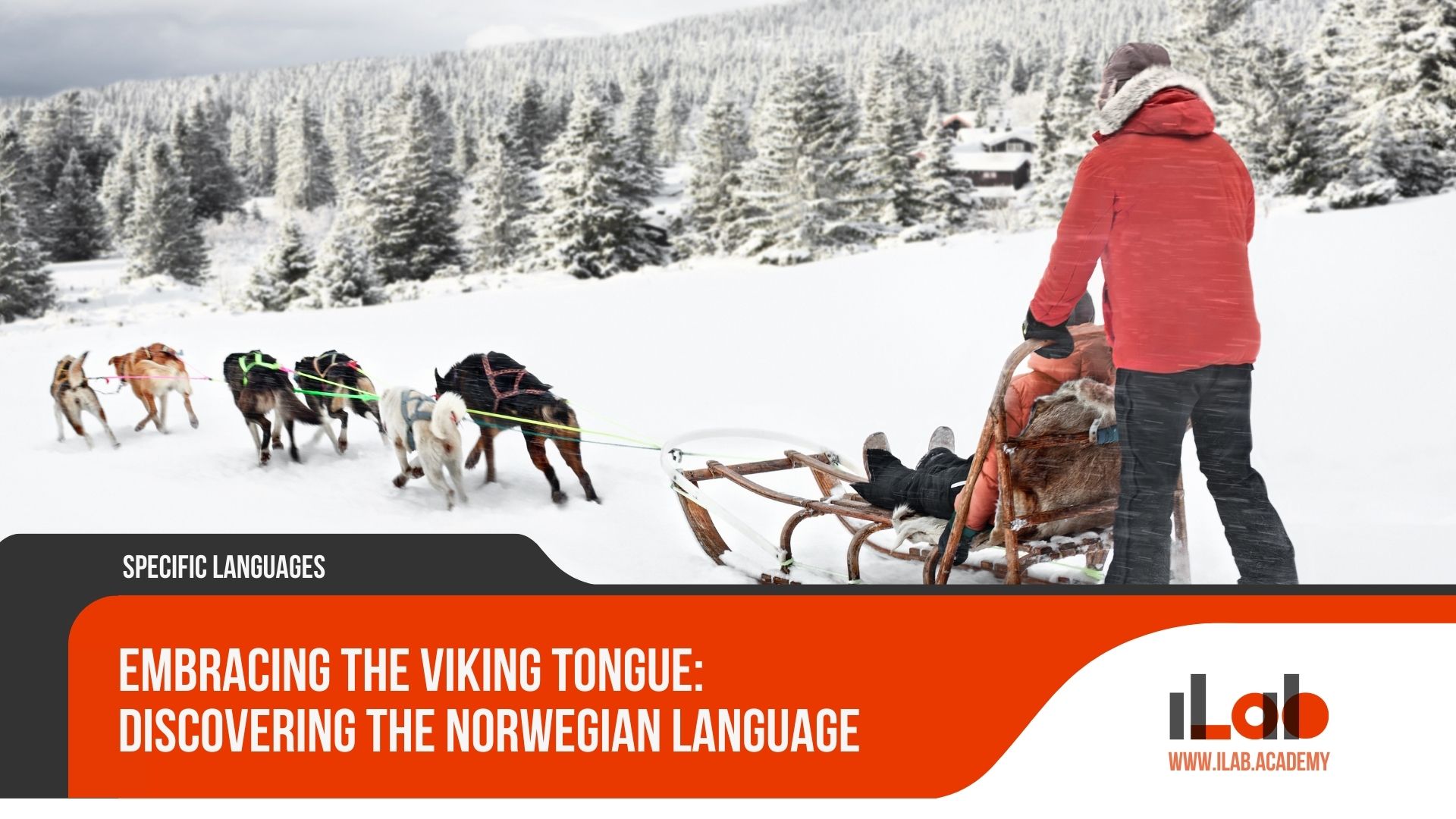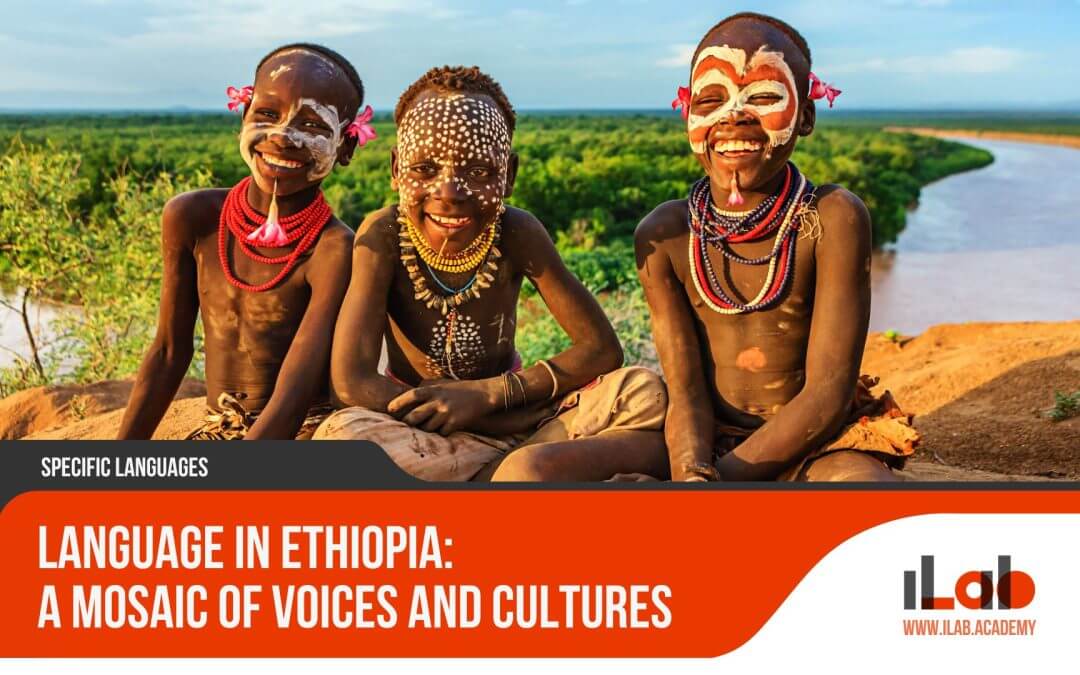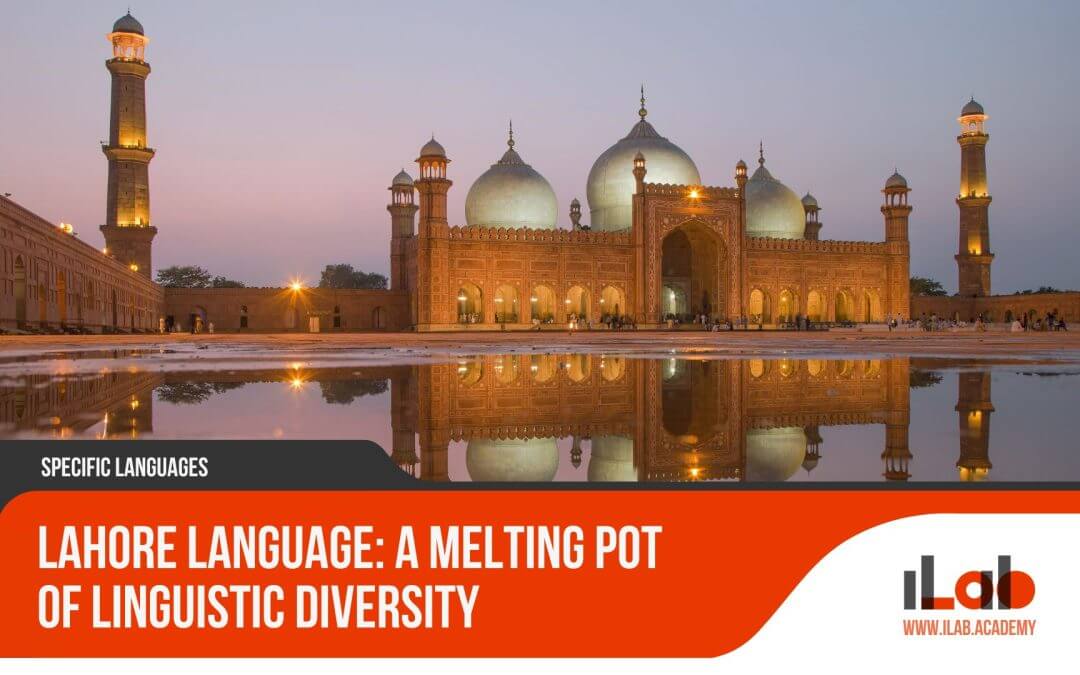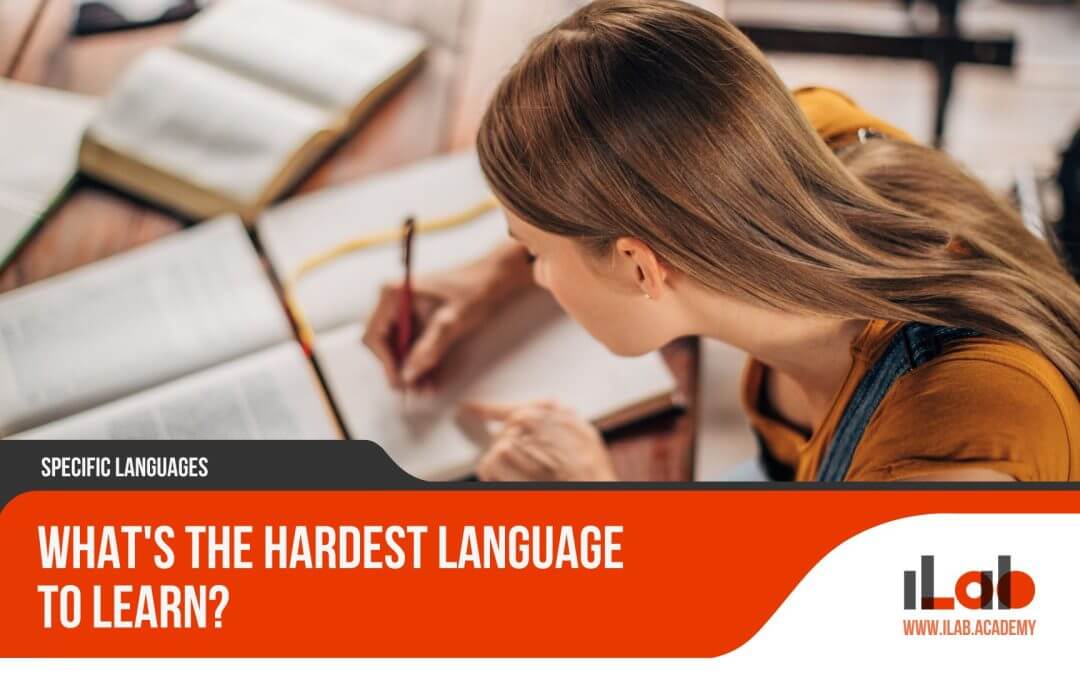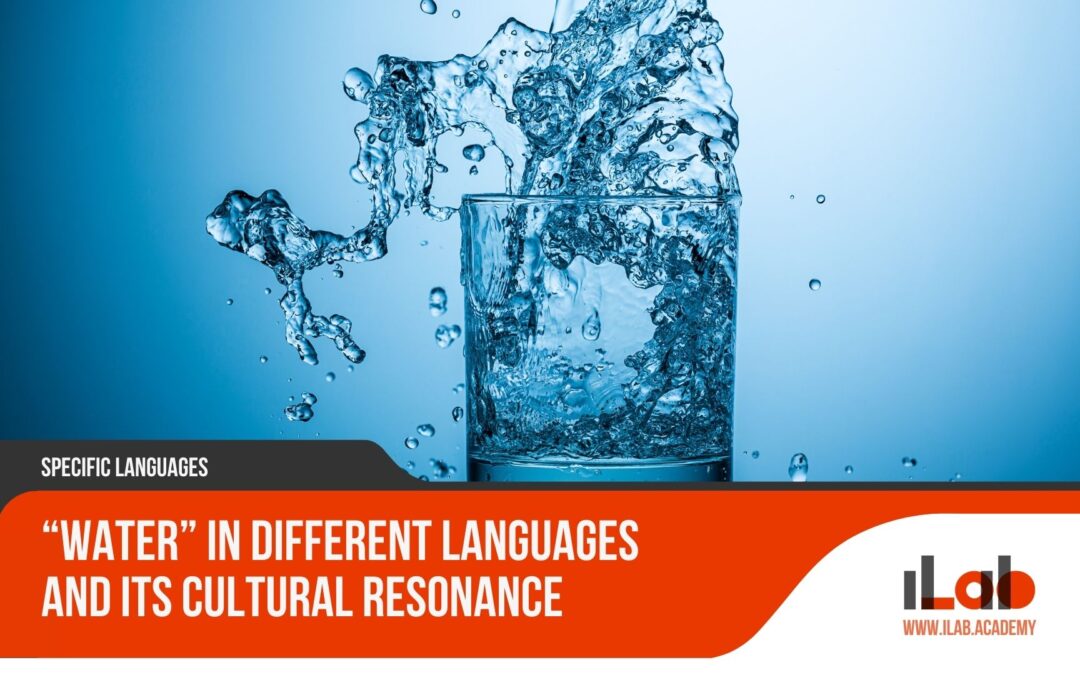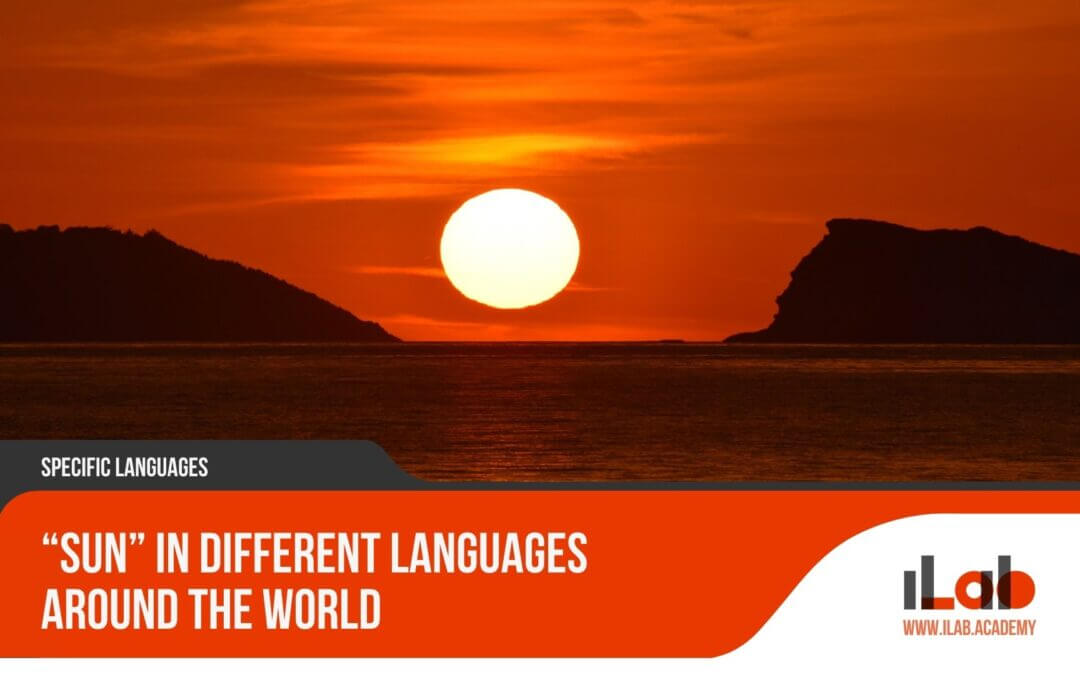Table of contents
The study of any language is an immersion into the culture and history from which it springs, and the Norwegian language is no exception. As the modern descendent of the Old Norse spoken by the Vikings, Norwegian offers a unique vantage point from which to understand not only the Scandinavian past but also its current societal norms and future aspirations. Whether one is drawn to the language through the pursuit of cultural heritage, academic research, or business interests, the journey into Norwegian linguistic territory promises a blend of historical depth and contemporary relevance. This article will guide you through the complexities and charm of the language, from the peculiarities of its dual written forms to the resilience of its regional dialects, and the impact of digital innovation on its evolution. Together, we shall explore how the echoes of the Viking tongue resonate in the modern world, inviting an inquiry into what makes Norwegian an enduring and dynamic medium of communication within the global tapestry.
Key Takeaways
- The Norwegian language has a rich historical background, evolving from Old Norse and influenced by Danish and Swedish rule.
- Norway has two official written language forms, Bokmål and Nynorsk, which coexist within the education system and impact national identity and literacy.
- Norway celebrates the diversity of dialects spoken across the country, emphasizing the cultural significance and acceptance of linguistic variety.
- Learners of the Norwegian language face challenges, but there are resources and programs available to support effective language acquisition.
The Historical Roots of the Norwegian Language
Tracing its lineage back to Old Norse, the progenitor of modern Scandinavian languages, Norwegian has undergone a significant transformation influenced by centuries of regional politics and cultural exchange. Old Norse, a North Germanic language, was spoken by inhabitants of Scandinavia and their overseas settlements during the Viking Age. As the centuries progressed, the language evolved into various dialects, which later formed the basis for modern Scandinavian tongues, including Norwegian.
The political landscape of the region played a pivotal role in shaping the Norwegian language. Between the 14th and 19th centuries, Norway was subjected to Danish rule, which led to the widespread use of Danish in government and education. This period saw the emergence of a Danish-influenced Norwegian written language known as Dano-Norwegian, which would eventually evolve into Bokmål, one of Norway’s two official written languages.
Following the dissolution of the Danish-Norwegian union, there was a surge of national romanticism in Norway, and with it, a desire to develop a distinctly Norwegian language. This gave rise to Nynorsk, a written standard based on Norwegian dialects, particularly those from rural areas less touched by Danish influence.
The interplay between regional dialects, the legacy of Danish rule, and the rise of national consciousness has been integral to the development of modern Norwegian. The result is a language with deep historical roots, yet one that continues to adapt and thrive in contemporary Norway. In exploring these layers of linguistic evolution, one gains not only insight into the language’s past but also a profound appreciation for its resilience and enduring relevance in the cultural tapestry of Scandinavia.
Bokmål and Nynorsk: Norway’s Written Language Forms
Norway stands unique in the world with its two official written standards of language: Bokmål, which has its roots in urban areas and the Danish influence, and Nynorsk, which was developed from rural dialects to create a distinctly Norwegian form. These two forms coexist in a complementary fashion, reflecting the nation’s historical linguistic journey and contemporary social preferences.
The use of Bokmål and Nynorsk in Norway is not only a matter of personal choice but also one of geographical and cultural identity. To ensure the preservation and vitality of both forms, the Norwegian government has implemented policies that require their use in public administration and education.
- Bokmål: The more commonly used form, with close ties to Danish, reflecting centuries of Danish rule.
- Nynorsk: Created in the 19th century by linguist Ivar Aasen, intended to represent the diverse Norwegian dialects.
- Education: Norwegian students are typically taught in Bokmål or Nynorsk, depending on the region, but must learn both forms.
- Governmental Support: There are specific quotas for the use of Nynorsk in public institutions to ensure its continued relevance.
For readers seeking to understand the dual language system intrinsic to Norwegian literacy and national identity, it is important to recognize that Bokmål and Nynorsk are more than just written standards; they are symbols of Norway’s rich linguistic heritage. As such, they play a critical role in the education system and in fostering a sense of unity and diversity within the country.
The Rich Tapestry of Norwegian Dialects
A mosaic of regional dialects distinguishes the Norwegian linguistic landscape, each with its own unique pronunciation, vocabulary, and grammar, reflecting the country’s diverse geography and history. Norway’s rugged terrain, with its mountains, fjords, and scattered settlements, has fostered the development of distinct local dialects. These dialects not only serve as a means of communication but also as symbols of local identity and pride.
The dialects are generally categorized based on the four major regions of Norway: Northern, Central, Western, and Eastern Norwegian dialects. Each of these groups exhibits particular linguistic traits that can be traced back to historical settlement patterns and regional interactions. For example, the tonal qualities in Western Norwegian dialects, known as “målmerke,” are a distinctive feature, while the Northern dialects often retain words and forms closer to Old Norse, reflecting less influence from Danish during the period of the Dano-Norwegian union.
In contrast to many other countries, where a standardized spoken language often takes precedence, Norway celebrates its dialectal diversity. Rather than being stigmatized, speaking one’s regional dialect is a matter of cultural importance and is actively encouraged. This is evident in public life, where politicians, television presenters, and other public figures commonly speak in their local dialects, thus reinforcing the legitimacy and value of this linguistic pluralism.
The widespread acceptance and use of dialects in all social contexts, from formal to informal, is a testament to Norway’s inclusive cultural ethos. This linguistic tapestry not only enhances the country’s cultural richness but also embodies the Norwegian spirit of egalitarianism, where every voice, no matter the dialect, is given space and respect.
Learning Norwegian: Challenges and Resources for New Speakers
While the embrace of dialectal diversity in Norway is commendable, learners of the Norwegian language often encounter unique challenges due to this very variety, alongside the task of mastering a new grammar and vocabulary. The Norwegian language is not only characterized by its two written standards, Bokmål and Nynorsk, but also by a plethora of spoken dialects that can vary significantly even within short distances. This linguistic landscape, while rich and fascinating, can present a steep learning curve for new speakers.
For those embarking on the journey of learning Norwegian, consider the following:
- Dialectal Variation: Adapting to the numerous dialects can be daunting as pronunciation, vocabulary, and even some grammatical structures may differ from the standard forms.
- Bokmål vs. Nynorsk: Deciding which written standard to learn first is a significant choice, as resources and regional preferences may influence language use.
- Pronunciation: Norwegian has a tonal aspect known as pitch accent, which can be challenging for learners unaccustomed to such nuances in their native languages.
- Available Resources: Finding comprehensive and dialect-sensitive learning materials requires careful research.
Despite these challenges, there are numerous resources available to aid learners. From online courses and mobile apps to language exchange programs and immersion experiences, the opportunities for mastering Norwegian are accessible and varied. Norway’s government also provides free language classes for immigrants, which underscores the country’s commitment to integrating new speakers into its social fabric. With dedication and the right support, learning Norwegian can be an enriching and rewarding endeavor, opening doors to greater cultural understanding and opportunities within the Nordic region.
Norwegian in the Digital Age: Technology and Language Evolution
As technology permeates every facet of modern life, the Norwegian language too is experiencing a transformation in its usage and dissemination through digital platforms. The advent of the internet and mobile computing has ushered in a new era where traditional language boundaries are being reshaped, and Norwegian is no exception. In this digital age, language evolves at a rapid pace, influenced by online communication, social media, and technology-driven media consumption.
The integration of Norwegian into digital tools such as language learning apps, online dictionaries, and translation services has made the language more accessible to a global audience. This digital exposure not only facilitates the spread of Norwegian but also encourages its preservation. Social media platforms have become arenas for the everyday use of Norwegian, allowing for real-time interactions that span dialects and regions. From tweets to blog posts, the language is adapting to the concise and immediate style of digital communication.
However, this digital transformation is not without challenges. The predominance of English online can lead to a dilution of the Norwegian language among younger generations who are heavily influenced by global digital culture. Moreover, the need to accommodate the language’s distinct characteristics, such as its various dialects, in technology poses unique challenges for developers.
Despite these hurdles, the Norwegian language persists and evolves in digital spaces, reflecting the resilience and adaptability of a tongue that has weathered centuries of change. The digital age, therefore, presents both an opportunity for the dissemination of Norwegian and a call to action for its careful stewardship in the face of global linguistic trends.
The Role of Norwegian in Nordic Cooperation
Norwegian often serves as a linguistic bridge in Nordic cooperation, thanks to its mutual intelligibility with Danish and Swedish, which facilitates cultural and political exchanges within the region. This ease of communication allows Norwegians to actively engage with their Nordic neighbors, fostering a sense of community and shared identity. The role of Norwegian in this context is multifaceted, encompassing various aspects of regional collaboration.
- Cultural Exchange: Norwegian enables direct participation in cultural programs, including literature, arts, and heritage projects, enriching the Nordic cultural scene.
- Political Dialogue: Being able to converse in Norwegian allows for smoother political discussions and negotiations within Nordic councils and forums, promoting regional policy alignment.
- Educational Opportunities: The common linguistic ground provides access to educational resources and institutions across the Nordics, encouraging academic exchange and research collaboration.
- Business and Trade: Norwegian proficiency opens doors to cross-border trade and business ventures, contributing to a more integrated Nordic economy.
The Norwegian language is an essential component of the Nordic Council, an intergovernmental forum that promotes cooperation among the Nordic countries. Norway’s linguistic ties with Denmark and Sweden enable it to play a significant role in the council’s initiatives, which aim to strengthen the region’s position on the international stage.
Norwegian Language Policies and Preservation Efforts
Recognizing the value of its linguistic heritage, Norway has implemented a range of policies and initiatives aimed at preserving and promoting the Norwegian language. These strategies are crucial in maintaining the linguistic diversity of the nation and ensuring that Norwegian thrives in a globalized world where major languages dominate.
One key policy is the parallel use of Norway’s two official written standards: Bokmål and Nynorsk. Educational mandates require schools to teach in both standards, although students may choose one as their primary written language. Moreover, public broadcasters and government bodies are obliged to use both languages to maintain a balance and encourage a bilingual literate society.
The Norwegian Language Council (Språkrådet) plays a pivotal role in guiding the government on language policy, overseeing the implementation of language laws, and promoting Norwegian in public use. Efforts to include Norwegian language technology in digital spaces ensure that it remains relevant and accessible.
The table below outlines some of the key pillars of Norway’s language preservation efforts:
| Policy or Initiative | Description |
|---|---|
| Language Standards | Mandatory education in both Bokmål and Nynorsk to support bilingual literacy. |
| Language Council | Språkrådet advises on language policy and promotes public use of Norwegian. |
| Media and Broadcasting | Regulations ensure the use of both written standards in public broadcasting. |
| Digital Language Tools | Development and inclusion of Norwegian in digital platforms and technology. |
| Dialect Encouragement | Promotion of regional dialects to preserve linguistic diversity. |
These policies reflect Norway’s commitment to not only safeguard its linguistic heritage but also to adapt it for the future. By valuing both written forms and dialects, Norway fosters a rich linguistic environment that respects tradition while embracing change.
The Cultural Representation of Norwegian in Literature and Media
Building on the foundation of robust language policies, the Norwegian language finds vibrant expression in the country’s literature, cinema, music, and television, serving as a cornerstone for artistic and cultural identity. Its presence in these cultural forms not only entertains but also preserves and reflects the essence of Norwegian society, history, and values.
Norwegian literature boasts a rich tradition, with authors like Henrik Ibsen and Sigrid Undset who have made significant contributions to world literature. Contemporary Norwegian authors continue this legacy, often weaving the intricacies of the language with the country’s landscapes and social narratives, thereby resonating with readers both domestically and internationally.
In cinema, Norwegian language films such as “Kon-Tiki” and “The Wave” have garnered international acclaim, showcasing the prowess of Norwegian storytelling and the scenic beauty of the region. Moreover, Norwegian television series like “Skam” have achieved a cult following, with its authentic portrayal of youth culture and the Norwegian language playing a crucial role in its relatability and success.
The music scene in Norway spans from folk tunes that carry the dialects and stories of different regions to contemporary pop and electronic music that often incorporates Norwegian lyrics, contributing to the global music landscape while staying true to its linguistic roots.
Television programs in Norway are predominantly broadcasted in Norwegian, providing daily reinforcement of the language and its dialects, while also serving as an educational tool for both native speakers and learners.
To grab the attention of the audience, consider these highlights:
- Norwegian literature is recognized worldwide, with Nobel Prize laureates and contemporary bestsellers.
- Award-winning Norwegian films and TV series captivate global audiences and celebrate the language.
- Music in Norway ranges from traditional to modern, often featuring Norwegian lyrics.
- Television in Norway is a platform for linguistic diversity, showcasing regional dialects.
Understanding the role of Norwegian in cultural expression is key to appreciating its significance beyond mere communication, revealing a nation proud of its linguistic heritage.
Norwegian as a Gateway to Scandinavian Culture and Business
Mastering the Norwegian language provides a key to unlocking the rich tapestry of Scandinavian culture and opens doors to myriad opportunities in the region’s business sectors. Proficiency in Norwegian not only facilitates a deeper appreciation of Norway’s history, art, and traditions but also serves as a linguistic bridge to understanding the closely related Danish and Swedish languages. This interconnectedness is particularly valuable for professionals seeking to establish or expand their presence in the Scandinavian market, which is known for its innovation, high standards of living, and robust economies.
Norwegian language skills can significantly enhance business communication and negotiations in the region. They enable individuals to engage directly with local partners, clients, and consumers, fostering trust and rapport. Furthermore, understanding the subtleties of the language allows for a more nuanced grasp of Scandinavian business etiquette and negotiation styles, which are often characterized by informality, equality, and consensus-seeking.
In addition to business, cultural fluency in Norwegian opens up access to a wide range of literature, film, and media, enriching one’s insights into the societal values and narratives that shape the Scandinavian worldview. It also provides a more authentic experience for those exploring the region’s cultural offerings, from the literary works of Henrik Ibsen to contemporary Nordic noir.
Ultimately, Norwegian acts not just as a means of communication but as a strategic asset for those looking to immerse themselves in, or do business with, the dynamic and culturally rich Scandinavian region. It is a language that, once mastered, can yield long-term personal and professional rewards.
Frequently Asked Questions
How Has the Norwegian Language Influenced or Been Reflected in Popular Culture and Entertainment Outside of Norway?
The Norwegian language has transcended its national boundaries, influencing global popular culture and entertainment. Through literature, notably the crime novels of Jo Nesbø, and television series like “Skam,” it has garnered international interest. Music from Norwegian artists, who often blend English and Norwegian lyrics, further showcases the language’s cultural reach. These cultural exports have piqued curiosity in Norwegian language and culture, even inspiring language learning among global audiences.
Are There Any Unique Norwegian Words or Phrases That Reflect Concepts or Cultural Practices Not Found in Other Languages?
Yes, the Norwegian language contains unique words and phrases that encapsulate specific cultural practices and concepts. For instance, “koselig,” roughly translating to a sense of coziness and contentment, is deeply ingrained in the Norwegian way of life. Another example is “dugnad,” which refers to a community volunteering tradition. Such terms are emblematic of the values and social norms that are distinct to Norwegian culture.
How Does the Use of the Norwegian Language Within the Family and in Everyday Conversation Differ From Its Use in Formal Settings or Institutions?
In Norway, the use of the Norwegian language varies between informal and formal contexts. Within families and casual conversations, regional dialects and colloquialisms are prevalent, reflecting local customs and heritage. In contrast, formal settings such as government institutions, academic environments, and national media often employ standardized forms of Norwegian, namely Bokmål or Nynorsk, ensuring clarity, uniformity, and adherence to official language policies. This duality enriches Norway’s linguistic landscape.
What Role Does the Norwegian Language Play in the Tourism Industry of Norway, and How Do Visitors Typically Experience It?
The Norwegian language serves as a cultural ambassador in Norway’s tourism sector, enhancing visitors’ experiences through authentic interactions and enriched understanding of local customs. Tourists typically encounter Norwegian through signage, guided tours, and daily communication, often supported by English translations. Language immersion adds depth to the travel experience, encouraging a deeper connection with Norway’s heritage and the warmth of its people.
Can Speakers of Norwegian Easily Understand or Communicate With Speakers of Other Closely Related Languages, Such as Icelandic or Faroese, and What Are the Similarities and Differences?
Norwegian speakers generally comprehend related Scandinavian languages like Danish and Swedish due to mutual intelligibility, enabling communication. However, Icelandic and Faroese, while historically linked, have diverged significantly and pose greater comprehension challenges. Similarities include shared Old Norse roots, but differences in phonology, vocabulary, and syntax have evolved, necessitating dedicated learning for fluent cross-communication between Norwegian and these North Atlantic languages.
Conclusion
In conclusion, the Norwegian language stands as a testament to its historical richness and cultural significance. The coexistence of Bokmål and Nynorsk, the diversity of its dialects, and the contemporary challenges faced by learners underscore its dynamic nature. As technology reshapes its usage, and policies strive to preserve its essence, Norwegian continues to play a pivotal role in Nordic collaboration, cultural expression, and international commerce, thereby reinforcing its importance in the global linguistic landscape.

